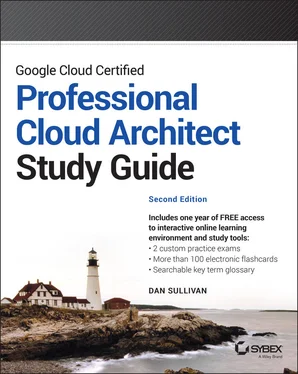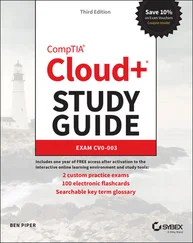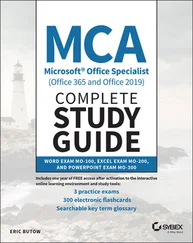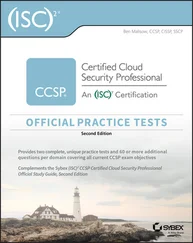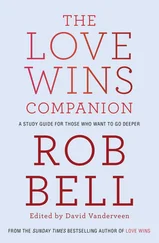Mark Grandhas over 30 years of experience in software development and architecture. The author of eight books on software architecture and Java, he has deep experience in distributed applications, the Java ecosystem, and database design. He has worked with Java since before 1.0. He can translate English to SQL. Mark is also a GCP Certified Professional Cloud Architect.
The application development areas that Mark has been involved with include social media, analytics, what-if analysis, e-commerce, security, machine learning, blockchain, EDI translation, data warehouse, big data, BPM internals, and database internals.
Mark's areas of domain expertise include retail, travel, shipping, credit card processing, healthcare, facilities management, accounting, advertising, and bioinformatics. Companies that Mark has worked with include JFrog, IBM, HP, InComm, AutoZone, Whole Foods, Home Depot, TSYS, Macy’s, Deloitte, Oracle, Young & Rubicam, and Bridge2 Solutions.
In his spare time, Mark enjoys cooking and composing music.
The Google Cloud Platform is a diverse and growing set of services. To pass the Google Cloud Professional Cloud Architect exam, you will need to understand how to reason about both business requirements and technical requirements. This is not so much a test of knowledge about how to do specific tasks in GCP, such as attaching a persistent disk to a VM instance, which is the type of question you are more likely to get or see on the Google Cloud Associate Cloud Engineer exam. The Google Cloud Professional Architect exam tests your ability to perform high-level design and architecture tasks related to the following:
Designing applications
Planning migrations
Ensuring feasibility of proposed designs
Optimizing infrastructure
Building and deploying code
Managing data lifecycles
You will be tested on your ability to design solutions using a mix of compute, storage, networking, and managed services. The design must satisfy both business and technical requirements. If you find a question that seems to have two correct technical answers, look closely at the business requirements. There is likely a business consideration that will make one of the options a better choice than the other. For example, you might have a question about implementing a stream processing system, and the options include a solution based on Apache Flink running in Compute Engine and a solution using Cloud Dataflow. If the business requirements indicate a preference for managed services, then the Cloud Dataflow option is a better choice.
You will be tested on how to plan the execution of work required to implement a cloud solution. Migrations to the cloud are often done in stages. Consider the advantages of starting with low-risk migration tasks, such as setting up a test environment in the cloud before moving production workloads to GCP.
The business and technical requirements may leave you open to proposing two or more different solutions. In these cases, consider the feasibility of the implementation. Will it be scalable and reliable? Even if GCP services have high SLOs, your system may depend on a third-party service that may go down. If that happens, what is the impact on your workflow? Should you plan to buffer work in a Cloud Pub/Sub queue rather than sending it directly to the third-party service? Also consider costs and optimizations, but only after you have a technically viable solution that meets business requirements. As computer science pioneer Donald Knuth realized, “The real problem is that programmers have spent far too much time worrying about efficiency in the wrong places and at the wrong times; premature optimization is the root of all evil (or at least most of it) in programming.” 1The same can be said for architecture as well—meet business and technical requirements before trying to optimize.
The exam guide states that architects should be familiar with the software development lifecycle and agile practices. These will be important to know when answering questions about developing and releasing code, especially how to release code into production environments without shutting down the service. It is important to understand topics such as Blue/Green deployments, canary deployments, and continuous integration/continuous delivery.
In this context, managing is largely about security and monitoring. Architects will need to understand authentication and authorization in GCP. The IAM service is used across GCP, and it should be well understood before attempting the exam. Cloud Monitoring and Cloud Logging are the key services for monitoring and logging in GCP.
How Is the Professional Cloud Architect Exam Different from the Associate Cloud Engineer Exam?
There is some overlap between the Professional Cloud Architect and Associate Cloud Engineer exams. Both exams test for an understanding of technical requirements and the ability to build, deploy, and manage cloud resources. In addition, the Professional Cloud Architect exam tests the ability to work with business requirements to design, plan, and optimize cloud solutions.
The questions on the Professional Cloud Architect exam are based on the kinds of work cloud architects do on a day-to-day basis. This includes deciding which of several storage options is best, designing a network to meet industry regulations, or understanding the implications of horizontally scaling a database.
The questions on the Associate Cloud Engineer exam are based on the tasks that cloud engineers perform, such as creating instance groups, assigning roles to identities, or monitoring a set of VMs. The engineering exam is more likely to have detailed questions about gcloud, gsutil, and bqcommands. Architects need to be familiar with these commands and their function, but a detailed knowledge of command options and syntax is not frequently needed on the Professional Cloud Architect exam.
This book is designed to help you pass the Professional Cloud Architect certification exam. If you'd like additional preparation, review the Official Google Cloud Certified Associate Cloud Engineer Study Guide (Sybex, 2019).
What Does This Book Cover?
This book covers the topics outlined in the Professional Cloud Architect exam guide available here:
cloud.google.com/certification/guides/professional-cloud-architect
Chapter 1 : Introduction to the Google Professional Cloud Architect Exam This chapter outlines the exam objectives, scope of the exam, and case studies used in the exam. One of the most challenging parts of the exam for many architects is mapping business requirements to technical requirements. This chapter discusses strategies for culling technical requirements and constraints from statements about nontechnical business requirements. The chapter also discusses the need to understand functional requirements around computing, storage, and networking as well as nonfunctional characteristics of services, such as availability and scalability.
Chapter 2 : Designing Solutions to Meet Business Requirements This chapter reviews several key areas where business requirements are important to understand, including business use cases and product strategies, application design and cost considerations, systems integration and data management, compliance and regulations, security, and success measures.
Chapter 3 : Designing Solutions to Meet Technical Requirements This chapter discusses ways to ensure high availability in compute, storage, and applications. It also reviews ways to ensure scalability in compute, storage, and network resources. The chapter also introduces reliability engineering.
Читать дальше
